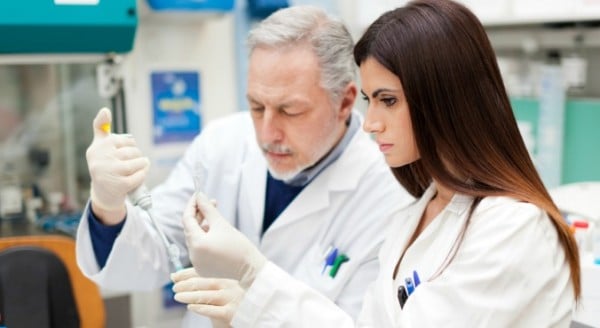
By Jane Ussher
Who volunteers to have sex in a laboratory? I was struck by this question when reading about an experimental study of ideal sexual positions for men with back pain. For the purpose of the research, couples were filmed using motion capture and infra-red technology while they had sex.
The researchers were in a separate booth where they could hear, but not see, the participants. Electrodes were used to record muscle activity in certain parts of the body, to get an idea of force.
RELATED: 10 health benefits to having sex more often
Other sex studies are more invasive. Penile plethysmographs measure penis circumference in response to sexual images; measuring how hard a man gets in response to porn. Women’s sexual arousal is measured by a vaginal plethysmograph; a sensor within a small cylinder inserted into the vagina like a tampon, which measures sexual arousal. Not a particularly sexy experience, one would imagine.
The on-screen orgasms that got us talking.
Perhaps some people are turned on knowing their sexual activities are being monitored by experts. If this is the case, can we generalise from the findings of laboratory-based sex studies?
The first time
William H. Masters and Virginia E. Johnson were the first researchers to observe sex in the laboratory, in 1950s United States. They studied prostitutes in their early experiments, due to concerns that nobody else would volunteer to take part.
In total, 145 women wore electrocardiographs to ascertain their heart rate and electroencephalographs to monitor their brain activity, so the experimenters could measure their responses to pornography, masturbation, or vibrators.































































































